Find Top Broken Capillary Treatment Clinics Nearby
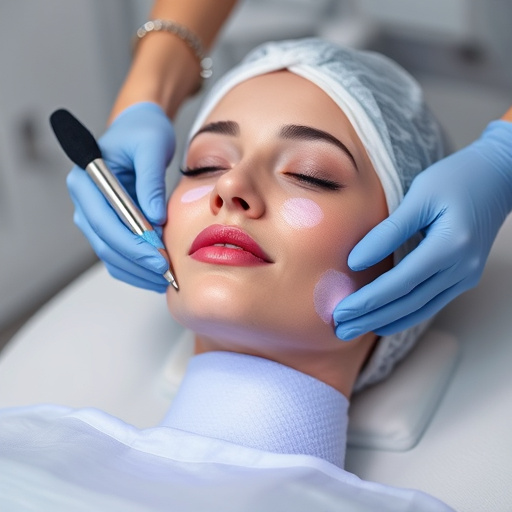
To find leading clinics for broken capillary treatment, research online reviews and ratings from rep…….
Welcome to an in-depth exploration of a revolutionary approach to skin care: Broken Capillary Treatment (BCT). This cutting-edge therapy has garnered significant attention for its ability to address capillary damage, leading to improved skin health and aesthetics. In this article, we will embark on a journey through the intricacies of BCT, shedding light on its mechanisms, global impact, economic implications, technological innovations, regulatory landscape, and future prospects. By delving into these aspects, readers will gain a comprehensive understanding of why BCT is not just a trend but a transformative solution in the skincare industry.
Definition:
Broken Capillary Treatment refers to a specialized skincare regimen and therapeutic procedure aimed at repairing and revitalizing damaged capillary networks, particularly those affected by environmental factors, aging, or skin conditions. Capillaries, the smallest blood vessels in the body, play a vital role in nutrient delivery and waste removal from the skin cells. When these delicate structures become compromised, it leads to various aesthetic and functional issues, commonly known as broken capillaries or capillary damage.
Core Components:
Historical Context:
The concept of BCT emerged from advancements in dermatology and cosmetic medicine over the past few decades. Early efforts focused on addressing visible symptoms through makeup techniques and topical treatments. However, modern science has since evolved to target the root cause—capillary damage. Key milestones include the discovery of specific growth factors for skin cells and the development of advanced light therapy technologies, which have collectively contributed to the efficacy of BCT as we know it today.
International Influence:
Broken Capillary Treatment has transcended geographical boundaries, gaining popularity worldwide due to its ability to address a universal concern—skin health. The global skincare market, valued at USD 175.4 billion in 2021 (Source: Grand View Research), is witnessing a significant shift towards innovative solutions, with BCT emerging as a prominent player.
Regional Trends:
Market Size and Growth:
The global BCT market is projected to reach USD 327.5 billion by 2030, exhibiting a CAGR (Compound Annual Growth Rate) of 8.5% from 2022 to 2030 (Source: MarketWatch). This rapid growth can be attributed to the growing demand for effective anti-aging treatments and rising consumer awareness about skin health.
Investment Patterns:
Economic Impact:
BCT contributes to economic growth by:
Innovations in BCT:
Impact on Treatment Outcomes:
Technological advancements have led to:
Future Potential:
The future of BCT lies in:
Key Policies and Regulations:
Influence on Development:
Regulatory frameworks impact BCT development through:
Main Challenges:
Criticisms and Solutions:
Case Study 1: Urban Skin Clinic, New York City
This leading aesthetic clinic offers a comprehensive BCT program, treating a diverse range of skin concerns. Through personalized protocols combining light therapy and topical treatments, they have achieved remarkable results for clients with rosacea, hyperpigmentation, and capillary damage due to sun exposure. Patient feedback highlights the clinic’s ability to deliver noticeable improvements in skin texture and overall appearance.
Case Study 2: Dr. Lee’s Skincare, Seoul
Dr. Lee, a renowned dermatologist, developed a revolutionary BCT serum that combines plant-based actives with advanced delivery systems. Clinical trials demonstrated significant reductions in capillary visibility and redness after just 8 weeks of use. The product has gained global recognition for its safety and efficacy, leading to increased demand and collaborations with international brands.
Case Study 3: MediSpa International, London
MediSpa’s approach focuses on holistic skincare, integrating BCT with nutrition counseling and lifestyle changes. Their program includes a series of treatments using micro-needling and LED light therapy, followed by personalized skincare routines. Patients report improved skin elasticity and reduced capillary visibility, alongside enhanced overall well-being.
Emerging Trends:
Strategic Considerations:
Broken Capillary Treatment represents a significant advancement in skincare, offering hope and effective solutions for those struggling with capillary damage. As the global community embraces this revolutionary approach, we witness a transformation in the way people perceive and care for their skin. From technological innovations to regulatory frameworks, every aspect contributes to shaping a promising future for BCT.
By addressing the root cause of various skin concerns, BCT empowers individuals to achieve healthier, more radiant complexions. As research continues and accessibility improves, it is anticipated that broken capillary treatment will become an integral part of skincare routines worldwide, redefining beauty standards and fostering self-confidence.
Q1: How does Broken Capillary Treatment differ from traditional skincare?
A: BCT goes beyond conventional skincare by targeting the underlying capillary network. While traditional methods often address surface-level issues, BCT repairs and revitalizes damaged capillaries, leading to noticeable improvements in skin texture, tone, and overall health.
Q2: Is Broken Capillary Treatment suitable for all skin types?
A: BCT is designed to be adaptable to various skin types. However, individual responses may vary due to differing capillary structures and skin conditions. Healthcare providers carefully assess each case to determine suitability and tailor treatments accordingly.
Q3: How many treatments are typically required to see results?
A: The number of BCT sessions needed varies depending on the severity of capillary damage and the chosen treatment protocol. Most patients experience noticeable improvements after 4-8 weeks, with ongoing maintenance every 3-6 months for optimal results.
Q4: Are there any side effects associated with Broken Capillary Treatment?
A: When performed by qualified professionals using approved techniques and products, BCT is generally safe with minimal side effects. Temporary redness and mild sensitivity are common, but serious reactions are rare. It’s essential to consult a specialist for personalized advice.
Q5: Can I incorporate Broken Capillary Treatment into my existing skincare routine?
A: Absolutely! BCT can be integrated into your daily skincare regimen to enhance its benefits. However, consulting a dermatologist is advisable to ensure compatibility with your current products and address any specific concerns.

To find leading clinics for broken capillary treatment, research online reviews and ratings from rep…….
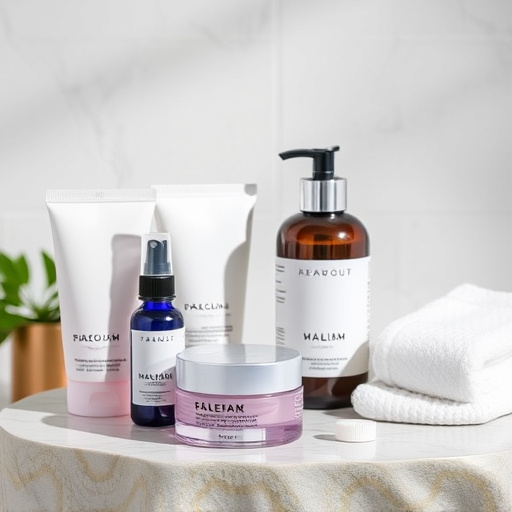
Broken capillaries, caused by aging and sun damage, can be treated effectively with non-surgical met…….

Broken capillary treatment addresses visible dilated blood vessels causing unsightly red/blue lines…….

Broken capillary treatment addresses common skin issue caused by weakened blood vessels, visible as…….
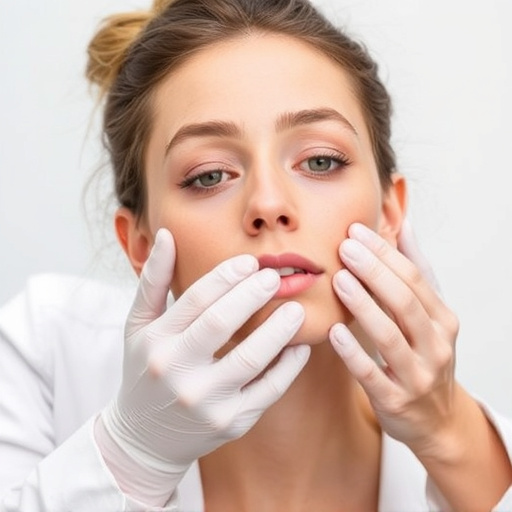
Broken capillaries, caused by environmental factors, lifestyle habits, and medical conditions, lead…….
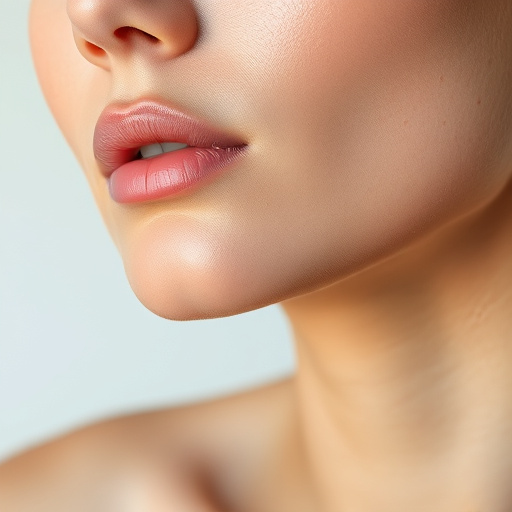
Broken capillaries, caused by aging, sun exposure, hormones, and obesity, can lead to discomfort and…….

Broken capillaries, caused by various factors, manifest as visible red vessels mainly on face, legs,…….

Broken capillaries on face, visible as red lines, are caused by factors like sun exposure and harsh…….
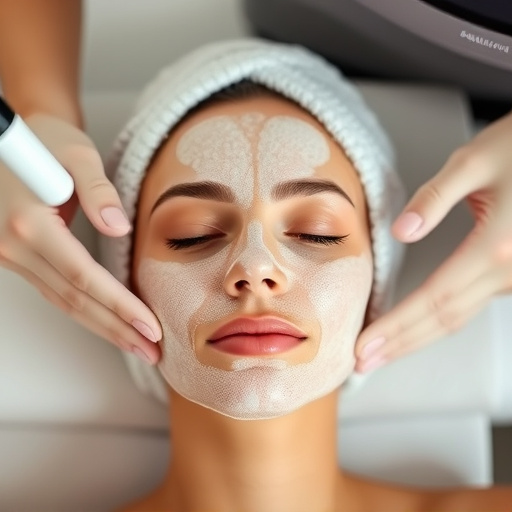
Post-broken capillary treatment care includes consistent hydration, avoiding irritants, and micronee…….

Broken capillary treatment is gaining popularity as a way to improve skin health and appearance. Cap…….